The Master Chimney Sweep’s Guide to Chimney Safety
As the seasons change and the warmth of a crackling fire becomes more appealing, it’s important to ensure your chimney is safe and ready for use. Whether you’re a longtime fireplace user or new to the cozy glow of a wood stove, chimney safety should never be overlooked.
In this guide, a Master Chimney Sweep shares essential tips for protecting your home, your family, and your peace of mind.
1. Why Regular Inspections Matter
Routine chimney inspections are a must—even if everything appears fine on the surface. Over time, hidden dangers can develop, such as:
-
Creosote buildup
-
Flue liner cracks
-
Blockages from debris or nesting animals
A Master Chimney Sweep is trained to spot these risks early. That way, you can address small issues before they become costly or dangerous.
2. Understanding the Risk of Creosote
Creosote is a highly flammable byproduct of burning wood. It gradually accumulates on the inner walls of your chimney and can ignite without warning. Even a thin layer can spark a fire if left untreated. Fortunately, regular cleanings by a professional sweep will keep buildup under control and reduce this risk significantly.
3. Carbon Monoxide: The Invisible Danger
Carbon monoxide is colorless, odorless, and potentially lethal. If your chimney is blocked, cracked, or poorly ventilated, this toxic gas may re-enter your home instead of venting outside.
Installing a carbon monoxide detector is wise, but prevention starts with proper chimney maintenance. A Master Chimney Sweep will inspect the system to ensure gases escape safely.
4. Checking Chimney Structure and Stability
Rain, snow, and extreme temperatures can all damage your chimney over time. Crumbling mortar, cracked bricks, or a damaged flue can compromise the system’s ability to contain heat and gases. During an inspection, a Master Chimney Sweep will look for structural damage and recommend necessary repairs to prevent further deterioration.
5. The Role of Proper Ventilation
Without proper airflow, your fireplace won’t function efficiently—and it may not be safe. Poor ventilation can lead to smoke buildup, poor combustion, or toxic fumes entering your home.
A certified chimney sweep will ensure your system has the ventilation it needs, free of obstructions or restrictions that hinder performance.
6. Homeowner Tips for Chimney Safety
To maintain a safe chimney between professional visits, follow these best practices:
-
Burn only dry, seasoned wood to reduce creosote buildup
-
Avoid burning trash, cardboard, or treated wood
-
Install a carbon monoxide detector near your fireplace or stove
-
Schedule yearly inspections with a certified Master Chimney Sweep
Final Thoughts: Don’t Wait for Winter
Your chimney plays a critical role in the safe and efficient operation of your fireplace or heating stove. By working with a Master Chimney Sweep, you’re not just ensuring seasonal comfort—you’re protecting your home and family from serious hazards.
Don’t wait until the first freeze.
Stay warm. Stay safe.

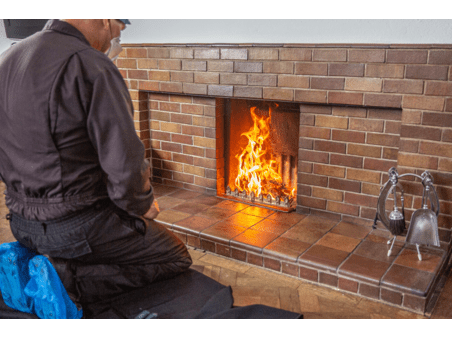
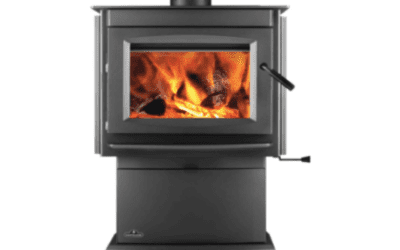
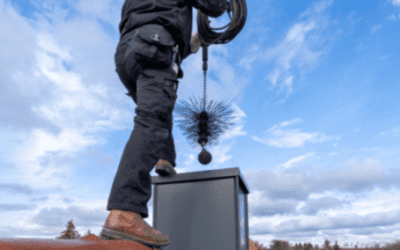

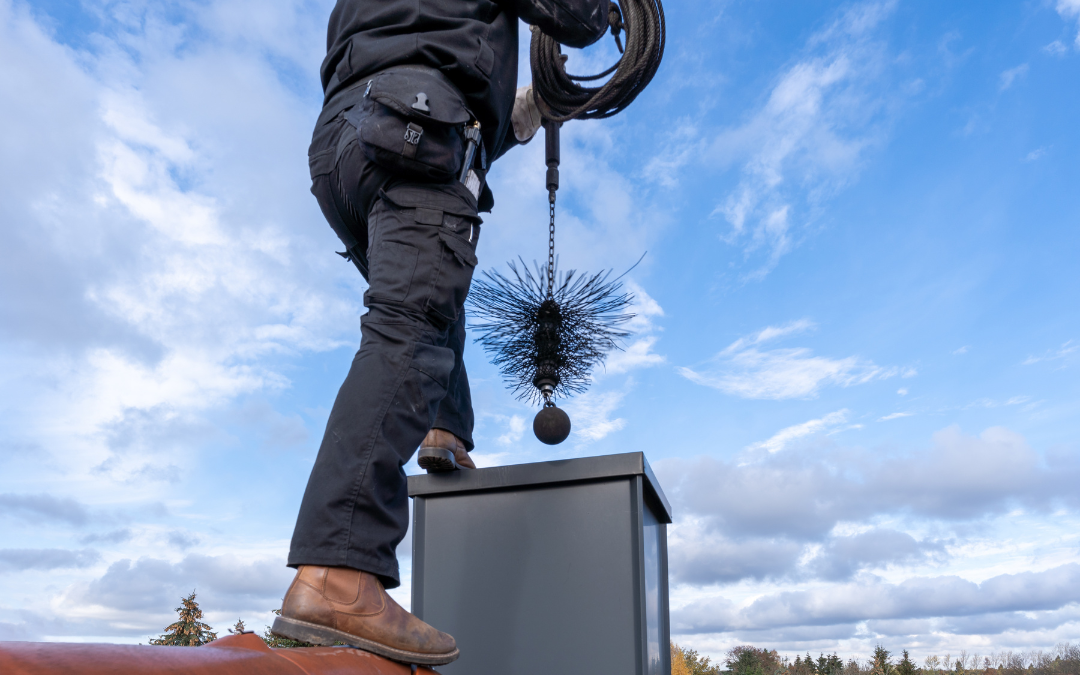
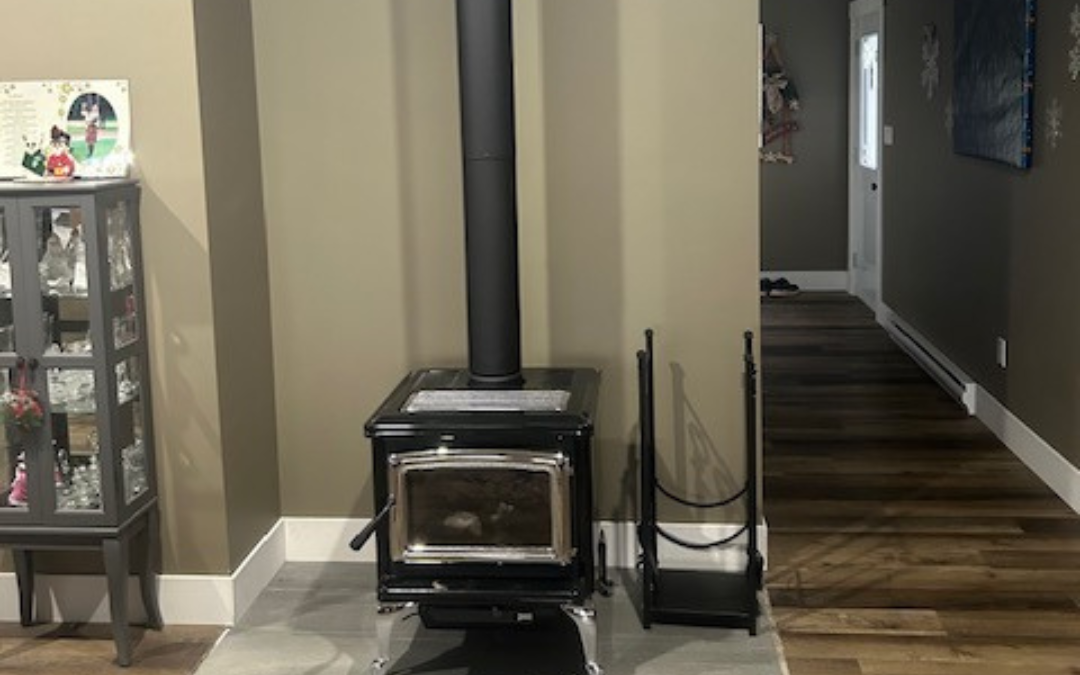
0 Comments